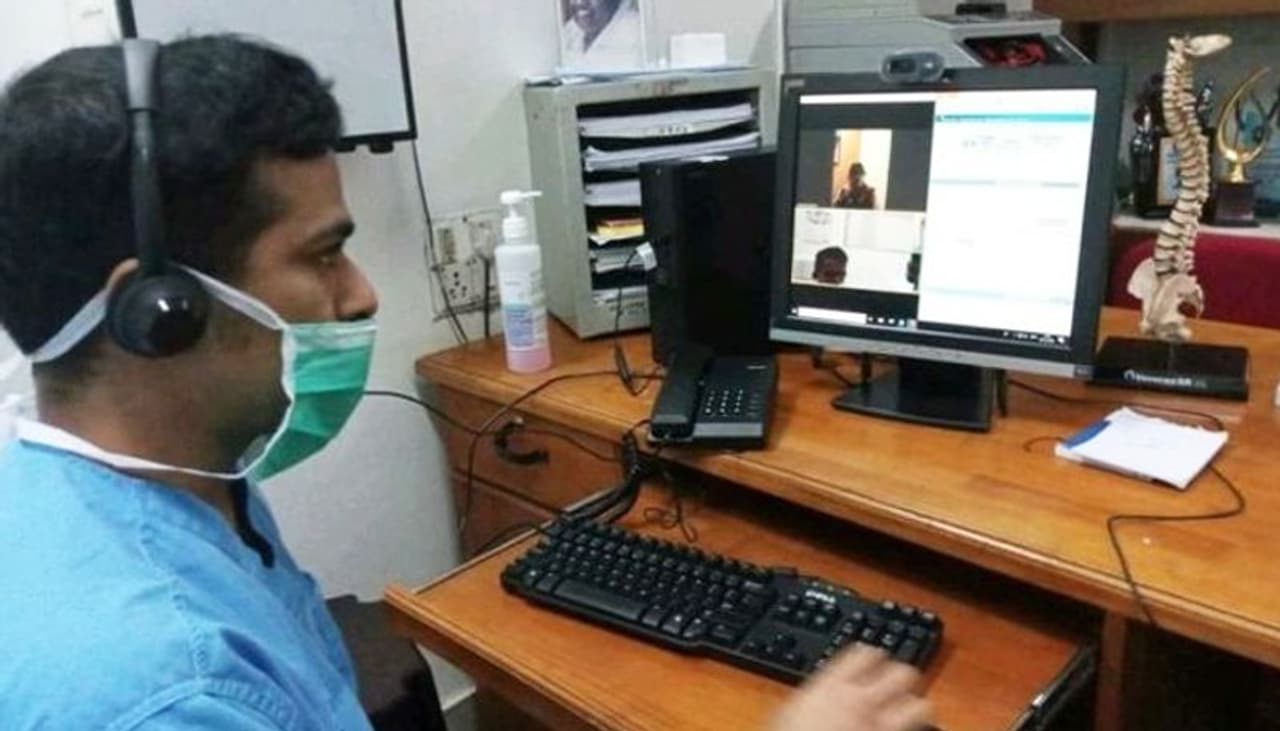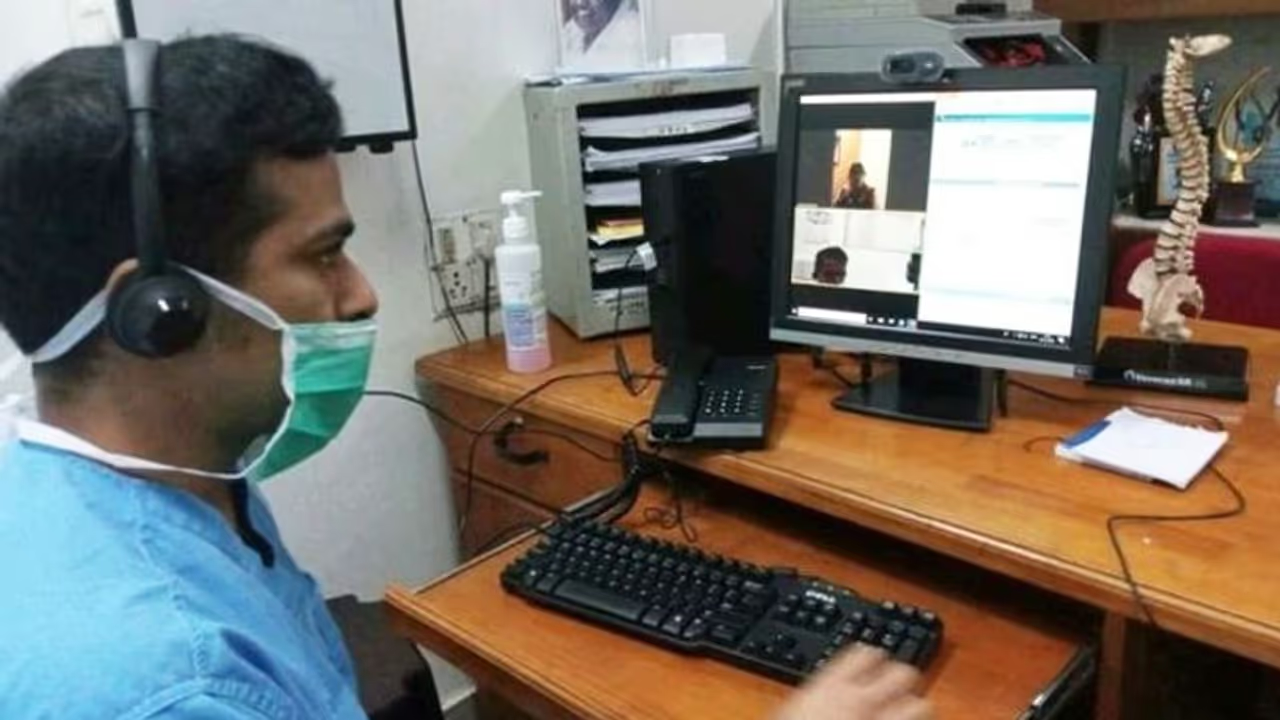Telecardiology is nothing short of a boon for cardiologists and patients
Bengaluru: Telecardiology is nothing short of a boon for cardiologists and patients.
It might be recalled that Prime Minister Narendra Modi on October 24 inaugurated one of the biggest super-speciality cardiac hospitals in the world. He also launched a mobile application for telecardiology at the civil hospital in Ahmedabad.
So how does telecardiology work?

As noted by OpIndia, Telecardiology mobile app gives doctors accessibility to patient data from anywhere and assists them by providing them all the necessary details about patient’s history, the present condition, progress chart and all the reports and radiology imageries. It provides specialists ubiquitous access to patient information 24×7 to enable doctors to provide better patient care. As a telemedicine platform helping doctors to take patient care beyond the four walls of the hospital, it gives doctors access to the EHR system that keeps them updated about the patient’s condition. This in-turn allows them to make quick remediation in treatment if and when required.
A note on ICU beds:
The website adds that, as per reports, there are around 94,961 ICU beds in India and only 4,500 specialists who can provide critical care. Every year, around 5 million patients require ICU care (NCBI). A majority of India’s population resides in rural areas and the number of intensivists to cater the growing demand for critical care is meagre.
Technology has been a boon in treating patients. With its advancement, treatment has become much more easy and affordable. This also means that patient transfer has been minimised. It has also led to optimal bed utilisation and effectively defeated distance as a factor in treating good patients.
A note on wheel robot:
Equipped with obstacle detection capabilities, a wheel robot can freely move in the COVID wards and can easily take medical rounds for the patients, along with providing a bird eye view to the specialists at offsite command centre.
